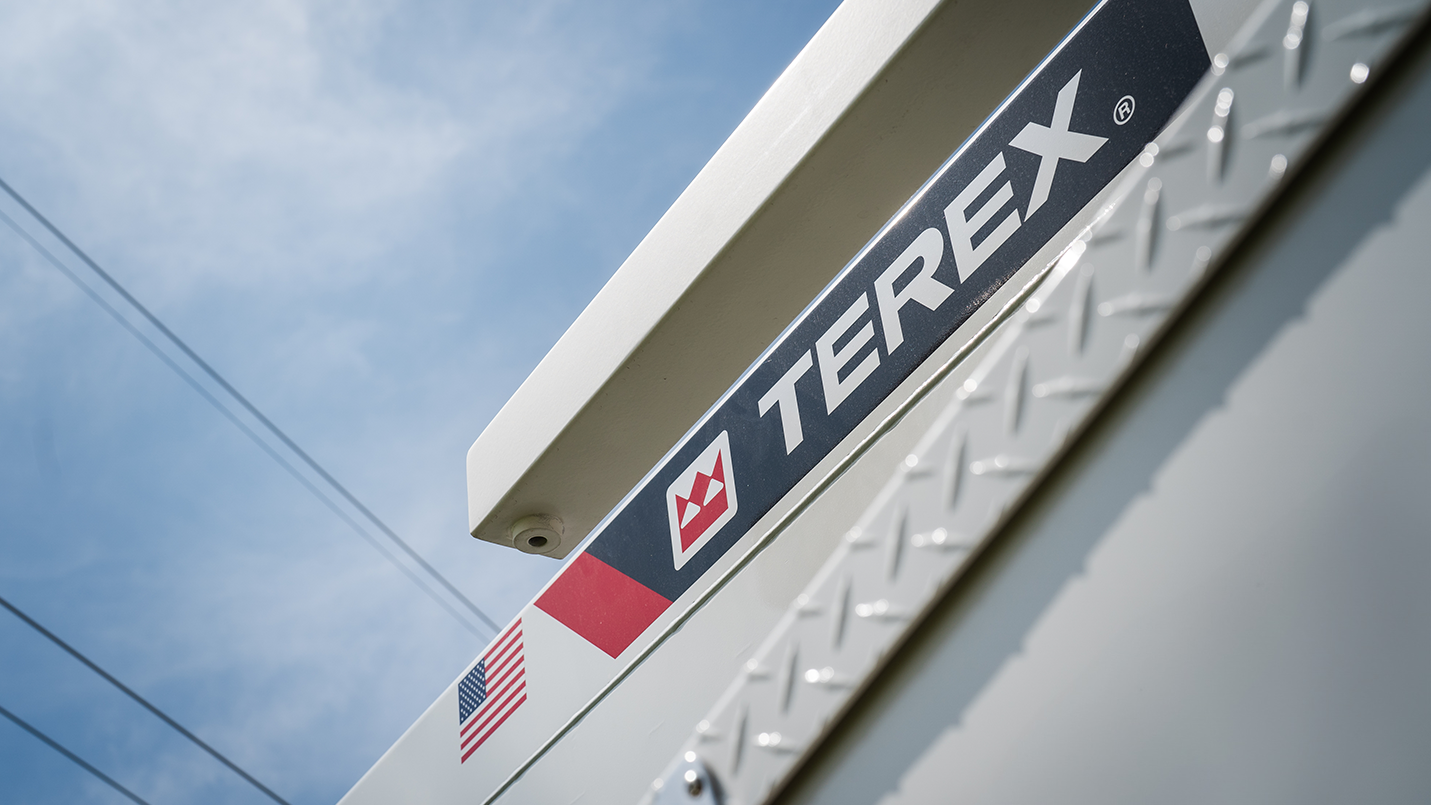Best Practices When Handling Transformers with Your Bucket Truck, Part 4: Understanding Proper Set Up
June 01, 2022
Here is the final part of the series on Best Practices When Handling Transformers with Your Bucket Truck. Today, we cover our last part on what line workers should know: Understanding Proper Set Up...

